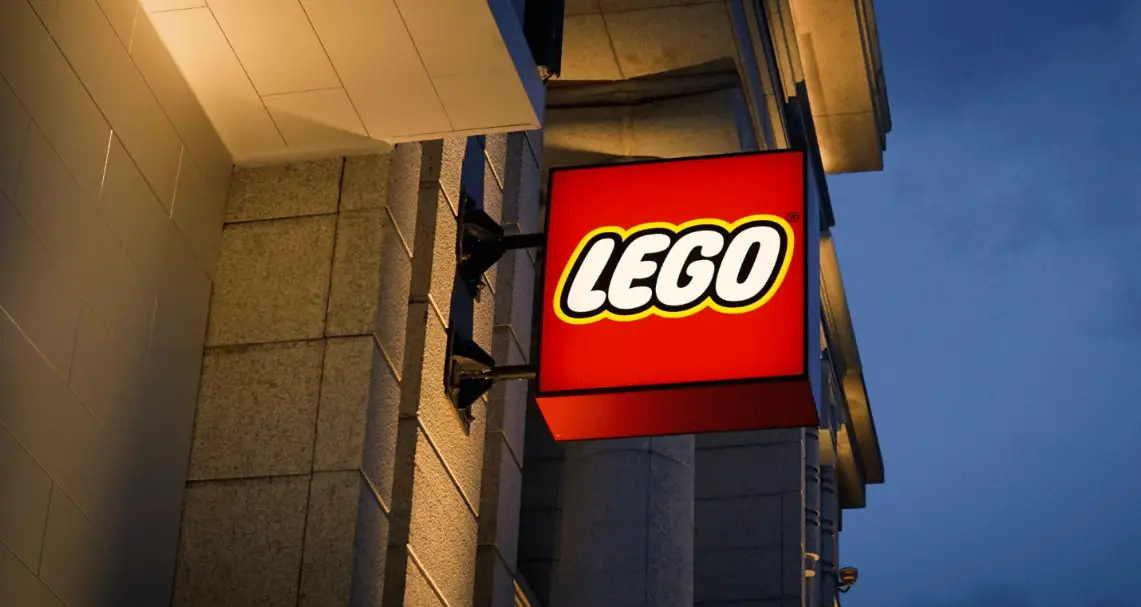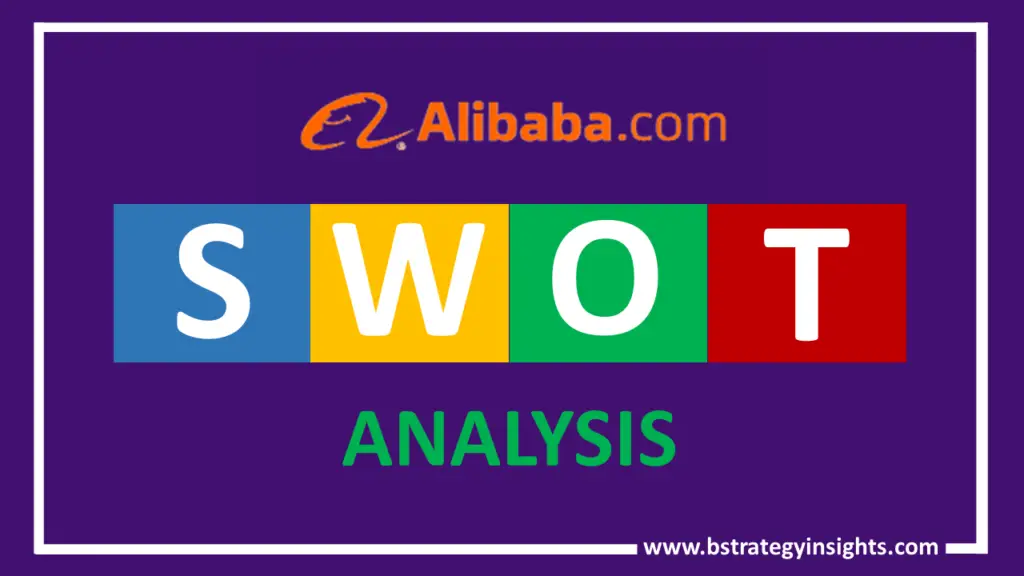
Lego Group is a Danish company that manufactures toys. Its flagship product “Lego” comprises interlocking plastic bricks that can be combined in multiple ways to enable the sharpening of a child’s motor skills. The company is a leader in the industry. This article takes a look at the SWOT analysis of the brand. Before jumping into the detailed analysis of Lego’s SWOT, let’s see some brief highlights of the company below.
Company Overview
| Name | The Lego Group |
| Website | https://www.lego.com/en-us |
| Founders | Ole Kirk Christiansen |
| Chief Executive Officer (C.E.O.) | Niels B. Christiansen |
| Tagline | only the best is good enough |
| Headquarters | Billund, Denmark |
| Type of Corporation | Private Aktieselskab |
| Year Founded | 10 August 1932 |
| Revenues (2020) | $7.54 B |
| Key Products/Services | Toys |
| Key Competitors | Bandai Namco, Mattel, Hasbro and Gibsons |
Now let’s go through the detail of Lego’s SWOT analysis below which includes strengths, weaknesses, opportunities, and threats.
Lego’s Strengths
Creativity; multiple combination
Lego employs a lot of creativity in its games and toys. Lego basically deals with interconnected plastic bricks; children make multiple combinations out of the bricks. It is estimated that a set of 6-8 stud Lego bricks should produce more than 915 million combinations. Research confirms that children who play with Lego blocks have been found to have stronger gross motor and intellectual skills. It builds their ability to express themselves creatively.
Innovation
Lego endeavors to refresh up to 60% of its product catalog every year. With the injection of new products into its product line, the company elongates its business cycle so that it does not get obsolete and redundant. This also keeps the children in anticipation of Lego’s new releases year over year.
Community
Lego has a community of its enthusiasts called Lego Ideas. This platform enables enthusiasts to share their creative ideas and skills; thereby submitting product ideas for consideration. Lego runs contests and activities on this platform thus building engagement with their customers and building loyalty.
Licensing deals
Lego runs franchises with companies like Harry Potter, Star Wars, Marvel, DC Comics, Lord of the Rings, and recently, Lego initiated a franchise with F.R.I.E.N.D.S, a move that helped Lego incorporate the pop culture into its products line and with this diversification the company became even more profitable.
E-commerce
E-commerce is a key component of the company, a third of the company’s products are sold online. Given the pandemic times have called for less physical interaction, e-commerce has become the next frontier for increased sales. Lego earned 27% more in sales revenues in the past year out of E-commerce.
Global Presence
Lego has its presence in more than 130 countries all over the world and runs 570 branded stores globally.
Brand equity
Equity largely depends on the customer’s perception of a particular brand; the brand enjoys brand strong brand loyalty, popularity, and recognition. Lego is known for its product top quality and strategic focus on marketing. Lego is highly rated by companies like Forbes where it featured as follows: position 92 in the world’s most valuable brands 2020, and position 22 in America’s best midsize employers 2021. SynchForce ranked the Lego brand at position 8 in 2021 among the top 100 brands.
Lego’s Weaknesses
Premium pricing
Lego is a premium brand and therefore its premium pricing affects the company’s sales and its growth. In its licensing deals, Lego passes over the licensing costs to the end-users. This drives the prices higher for Lego’s products as compared to the pricing of generic similar products.
Another reality is that the cost of production for these games is high, Lego has to price them higher if the company will remain profitable. Unfortunately, the global market is not a homogenous one; there are more sales opportunities in economies that are price sensitive who may not afford premium pricing. Lego, therefore, bears heavy opportunity costs in these regions.
Lego’s imitations
Lego’s patents that support a huge chunk of its productions expired in the late 1980s. With the expiration of the patent, many companies took advantage of the expiry to imitate Lego’s products. Unfortunately, Lego has been unsuccessful in stopping these imitations. These imitations are much cheaper than the original creations by Lego therefore many would prefer imitations if they offer the same value. This has compromised the company’s market share and sales.
A weaker Video game list
Comparatively speaking, Lego’s video game catalog is four times smaller than its competitors like Bandai Namco’s game catalog. In order to compete favorably, the company should consider enriching its product catalog.
Lego’s Opportunities
New geographies
The statistics on children demographics indicating that more than 90% of the 2 billion children that would be living in the world by 2032, would be living outside of North America and Europe. Furthermore, the research indicates that three-quarters of those children be residents of Eastern Asia. This only goes to show that Lego needs to open their investments to new geographies in following their target audience. Given Lego’s target audience is children, there is a need for more particular attention to these demographics and strategically position itself to make the most of these shifts in demographics. Lego should be cognizant of their tastes and preferences, their income capabilities, and their trends among other factors. Bottom-line, Lego has huge opportunities even as more and more children are born.
Technology advantages
Technology is redefining the gaming space and giving leverages for competitiveness and profitability. Lego has already ventured into augmented reality games. While this is a great start, it is still far from exploiting the huge immersion capabilities that AR offers for gaming experiences.
Subscription Business Model
Lego could borrow a leaf from Loot Crate’s subscription box model. The company could send their subscribers boxes monthly and use its community platform to build interactions and engagements around the particular month’s crate.
Lego’s CSR
Lego Foundation’s educational and learning program’s vision of fostering learning through playing aligns with the overall company’s vision of inspiring and developing builders of tomorrow.
Lego’s Threats
COVID 19
With the advent of COVID 19, there have been more restrictions for physical interactions. This has hugely slowed down traffic to more than 570 retail stores. This has impacted negatively the revenues of the brand.
Environmental concerns
The major raw material for the manufacture of Lego’s products is plastic. The raw material for the manufacture of plastics is crude oil, this reliance has Lego opposed by environmental groups
Limitations
Imitating companies not only imitate Lego’s products but also ride on Lego’s branding. For instance, such companies would promote their toys on the premise that ‘they are compatible with Lego’. This move significantly undercuts Lego’s revenues and profits.
Shift to online gaming
With the internet becoming ubiquitous, more and more children no longer find pleasure in traditional games but are more thrilled by online games. This exodus from traditional games threatens the existence of Lego.
Stiff Competition
The toy world is experiencing stiff competition and everyone is struggling to be at the top. Lego needs to up its game in innovation, marketing, and personalization of its products to ensure the brand remains afloat
Conclusion
Lego is a strong brand with great quality products and great innovation and licensing among others. The brand however needs to find a way of dealing with imitations that undercut its sales.


